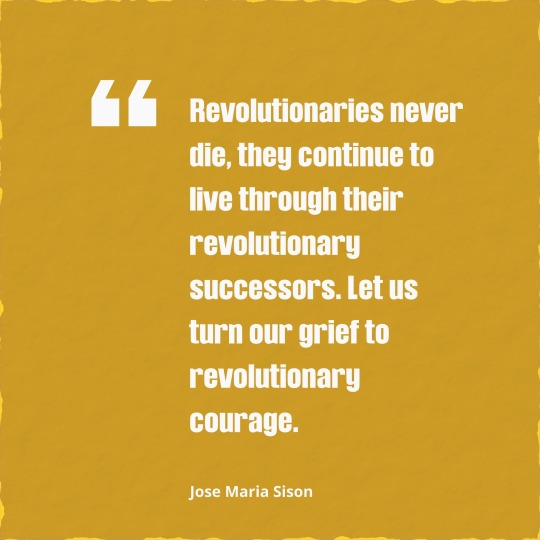#jomas
Explore tagged Tumblr posts
Text


all that's left is a g h o s t of y o u
#playchoices#desire and decorum#desire and decorum au#oc: joanna mills#oc: thomas coleman#thomas x joanna#jomas#the cursed heiress#tch spoilers#myedit*#mine*
8 notes
·
View notes
Text
My jomas fic git 158 hits, holy shit-
#ttte#thomas and friends#thomas the tank engine#5 x 1#jomas#thomas x james#holy shit#thank you so much omfg
5 notes
·
View notes
Text

david garcia zurita
78 notes
·
View notes
Text









Icons of my OCs!
74 notes
·
View notes
Text












"Engaging VTOL thrusters, now."
The Ark S02E12 Fortunate.
#the ark#the ark syfy#the ark s2 spoilers#james brice#sharon garnet#ian#kimi joma#richard fleeshman#christie burke#reece ritchie#díana bermudez#oh sharon#you brought that bruised tailbone on yourself#ghostly'sgifs
20 notes
·
View notes
Text

9 notes
·
View notes
Text

Ya se viene el verano!!!
15 notes
·
View notes
Text


#lionel messi#tiny body big head#one soccer#football#argentina#leo#messi#goat#🐐#futbol#soccer#world cup qatar 2022#world cup winner#gold#fifa world cup#fifa#goated#nike#adidas#umbro#joma#kappa#shorts#classic football shirts
39 notes
·
View notes
Text

"Revolutionaries never die, they continue to live through their revolutionary successors. Let us turn our grief to revolutionary courage."
—Jose Maria Sison, 1939-2022
#joma#joma sison#jose maria sison#CPP#quote#communism#maoism#revolution#revolutionary#marxism#communist#maoist#socialism#mlm#the philippines#filipino#NPA#marxism leninism maoism
43 notes
·
View notes
Text
Saori: HYDRATE OR DIE-DRATE!
Saori: *aggressively throws water bottles*
Atsuko: Uh... what's up with her?
Misaki: She's trying to yell mental health and wellbeing into us.
Saori: I APPRECIATE ALL OF YOU!
Hiyori, crying: It's working.
#hakari atsuko#Jomae Saori#tsuchinaga hiyori#Imashino Misaki#arius#incorrect blue archive quotes#blue archive#blue archive incorrect quotes
19 notes
·
View notes
Text


jomas + loml
#playchoices#desire and decorum#desire and decorum au#oc: joanna mills#oc: thomas coleman#joanna x thomas#jomas#the cursed heiress#tch edits#tch spoilers#tw: death#myedit*#mine*
4 notes
·
View notes
Text







TRUE POTENTIAL is a completely reputable animation school prepatory program.
6 notes
·
View notes
Text

pietro arese
26 notes
·
View notes
Text





Woohoo
70 notes
·
View notes
Text











"Captain, I've heard you've arranged peace talks with the enemy. That's a mistake."
The Ark S02E09 Cycle of Violence.
#the ark#the ark syfy#the ark s2 spoilers#sharon garnet#ian#kimi joma#christie burke#reece ritchie#díana bermudez#ian's is all 'i should not have said that. i should not have said that'#that and 'help!' when garnet is literally dragging him off#ghostly'sgifs
16 notes
·
View notes
